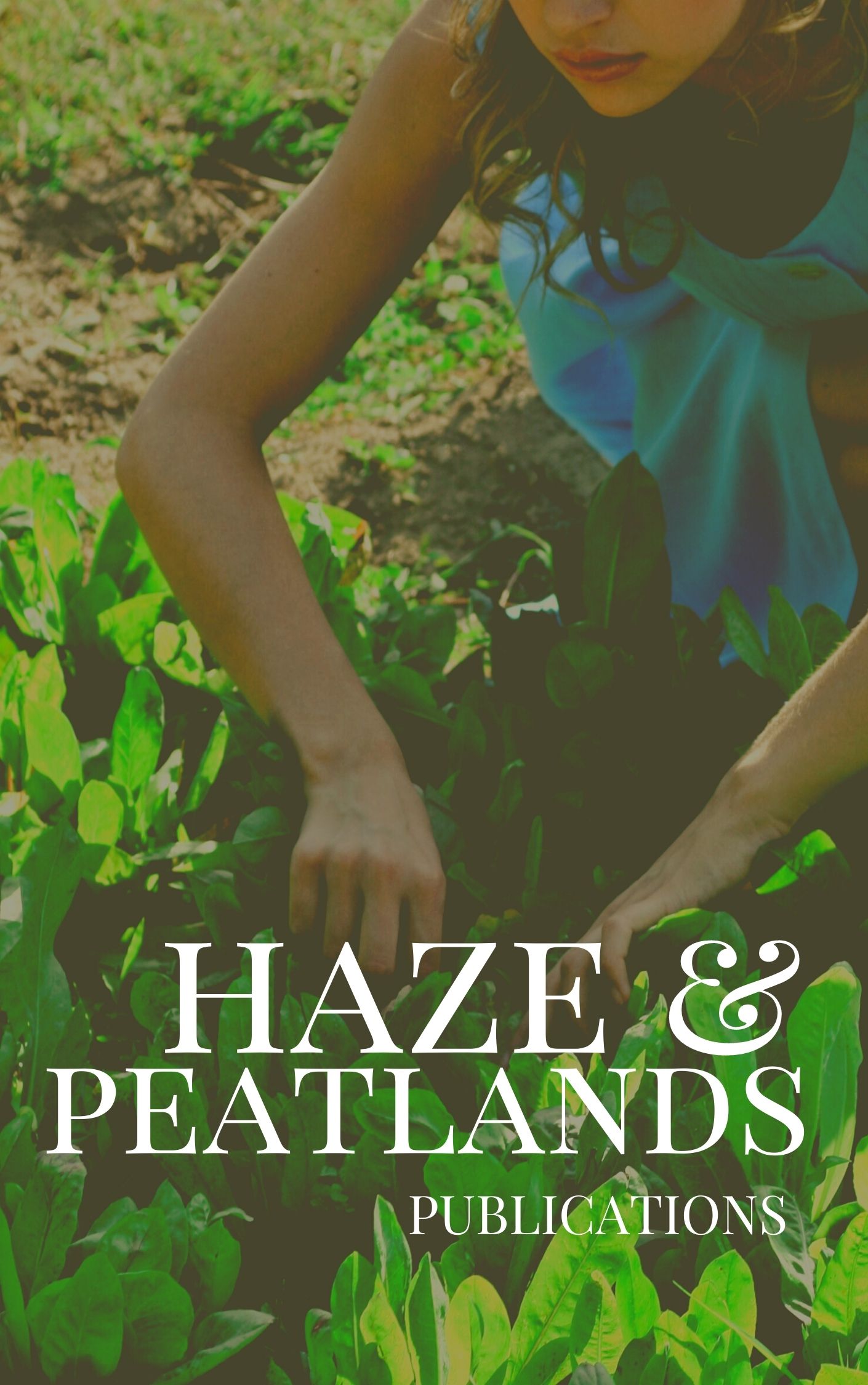This research is conducted to study the effect of air -flow rate to the smoldering combustion dynamics and transition flaming. Test is done using peat extracted from Papua Provinces, Indonesia. The combustion is conducted on natural, 1.33 cm/s, 3.98 cm/s, and 6.63 cm/s of air -flow, respectively, representing the oxidation with lack and excess of air as calculated by stoichiometric equilibrium. Test result show that smoldering spread rate tends to increase with increasing the air supply. Differences in physical properties yield the different of the smoldering dynamic behavior. In general, the higher the air -flow velocity leads to a higher smoldering temperature, spread rate, and mass loss rate. Combustion with natural air and lack of oxygen will result in smoldering whereas in excess air led to transition flaming.
View source

